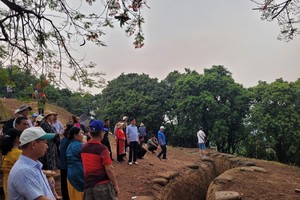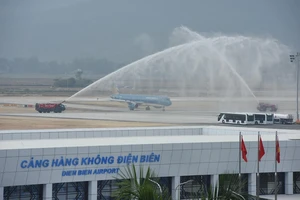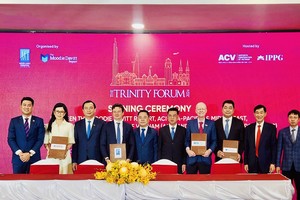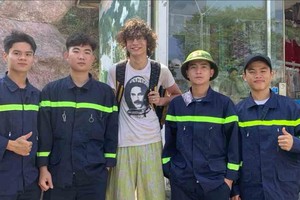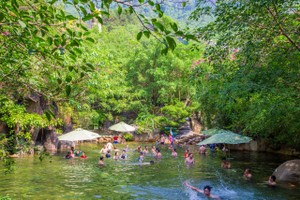 Illustrative photo
Illustrative photo
Many people working in the tourism industry said that the plan to welcome guests has not yet been approved, no clear regulations on health leaving tourism businesses with no option but continue waiting because their international partners need clear information although tourism companies in the world have been told about fully reopening from March 15.
Mr. Nguyen Tien Dat, CEO of AZA Travel, complained that the government has just announced full reopening from March 15, but they must specifically guide what to do, how are the conditions for medical isolation or testing to be clear.
Sharing this same concern, Mr. Nguyen Cong Hoan, General Director of Flamingo Redtour stated that March 15 seemed to mark a special milestone for tourism after the Covid crisis dragged on international tourism in two years.
However, this time is the low season for international visitors; worse, Chinese holidaymakers are not allowed to go abroad. The Japanese and Korean markets have gradually recovered. Moreover, international tourists traveling in groups often tend to book services very early. The company has been making efforts to connect its partners in the world to receive travelers.
According to Mr. Hoan, in March, the company started to receive hundreds of holidaymakers. However, businesses are also bumping difficulties because many nightlife entertainment services such as night markets, karaoke, discotheques in some localities have not yet reopened, or are limited in opening hours.
Le Mai Khanh, Vice President of Vietnam Hotel Association, said that the pandemic has affected every sector across the globe, and the hotel industry is among the hardest hit. Tourist accommodation business accounts for 46 percent of the revenue structure of Vietnam's tourism industry, with more than 30,000 accommodation establishments and 650,000 rooms. Occupancy rates show what’s happening. Occupancy in some hotels was less than 5 percent, 7 percent, and 15 percent.
Moreover, after a long period of closure, the workforce in the tourism industry has worked for other sectors a lot; therefore, it needs time to retrain staff for the industry as well as repair and renovate infrastructure.
On March 14, the Government Office sent an official dispatch informing Deputy Prime Minister Vu Duc Dam requesting the Ministry of Health to urgently amend regulations and requirements for tourists on entry to suit the situation according to the Resolution No. 25/NQ-CP issued on March 7.
Accordingly, the Government requested to immediately amend the regulations and requirements for tourists on entry to suit the new situation in accordance with what was discussed at the meeting on February 15. The Deputy Prime Minister assigned the Ministry of Culture, Sports and Tourism to announce according to its authority the plan to reopen tourism activities under new normal conditions, safely adapting, flexibly, and effectively controlling the Covid-19 epidemic.
According to the plan announced at a meeting chaired by Deputy Prime Minister Vu Duc Dam on February 15, international visitors to Vietnam do not need to register for a tour but certify that they have had got enough Covid-19 vaccine or recovered from the disease. A negative test result for SARS-CoV-2 is required, but a 24-hour rapid test or 72-hour RT-PCR is allowed, prior to departure.
For passengers entering via air, those with suspected symptoms must be tested immediately at the airport while those without symptoms can go straight to their pre-registered places of residence, self-quarantine within 24 hours and undergo rapid testing or PCR. International visitors entering via land are tested at the border gate before entry.
Travelers must install the prescribed health management application and turn it on continuously during travel. Last but not least, they ought to have insurance of at least US$ 10,000.
